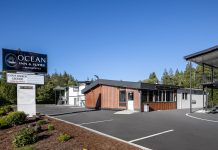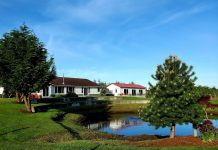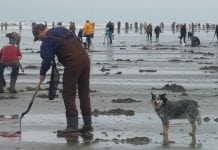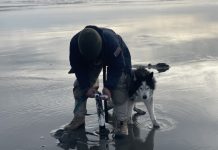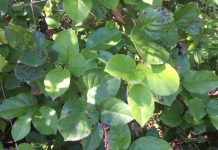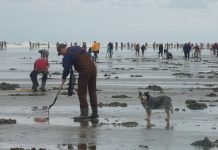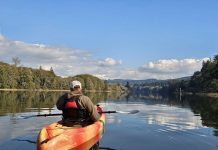After a devastating fire in 2018, Grays Harbor County’s Coastal Community Action Program (CCAP) found themselves uprooted. But with change comes growth and they quickly put down new roots in a nearby Bank of America building that was updated and retrofitted over the intervening years.
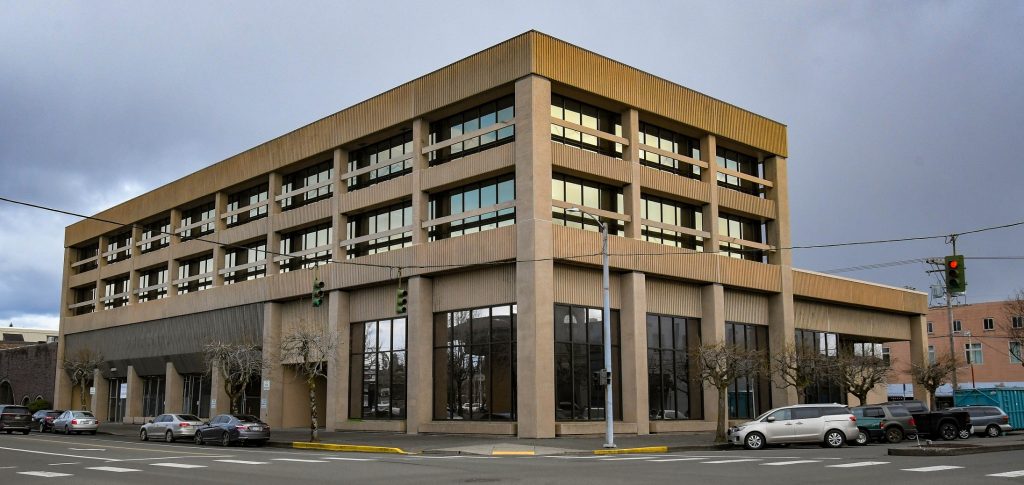
The nonprofit didn’t stop with a new address, but has continued to foster resiliency and build critical infrastructure throughout their service area. This includes bringing their Coastal Energy Project (CEP) online in new and exciting ways to the benefit of families across the region. They also support housing, energy, home care, health, nutrition, transportation, community, employment support and volunteer services on a daily basis.
Coastal Energy Projects Harness the Power of Nature
The remodeled CCAP Community Service Center includes 308 solar panels to build being self-sustainable into the very building, says Program Director for Assets and Facilities Scott Reynvaan. This was just one of many projects designed to keep operating costs low, stay green and ecologically-minded, and minimize the group’s carbon footprint. In resiliency, they’ve discussed with Grays Harbor Emergency Management a plan to potentially bring the building off-grid in times of crisis.
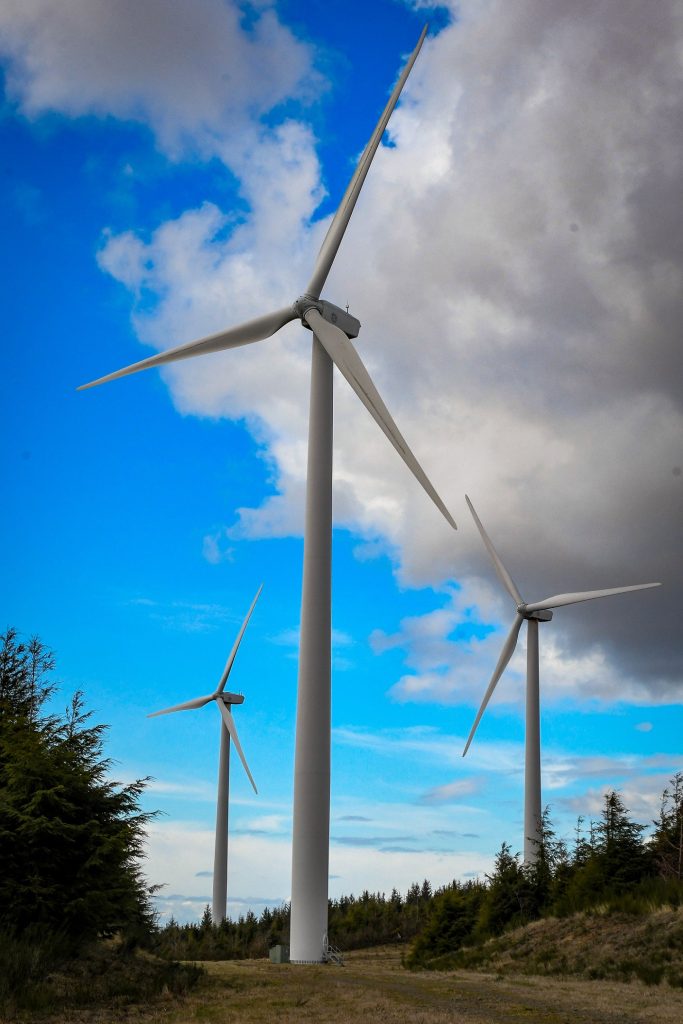
Their 6-megawatt wind farm in coastal Grayland, Washington also believes in harnessing nature to supplement critical infrastructure for their residents. A subsidiary of CCAP, the Coastal Energy Project’s wind farm went into production in June 2010. It produces an estimated 13.5 million kWh of clean energy annually that is sold to their local public utility district with revenue directly supporting CCAP’s programming in Grays Harbor and Pacific Counties.
Resiliency and Sustainability Through Flexibility
CCAP’s CEO Craig Dublanko explains that their efforts are vital to families impacted by the decline in regional timber industries. In an interview with General Electric (GE), he shares that their community has long sought support to become self-sufficient again. “At Costal Community Action Program, we’re trying to be creative and dream big to do that. Selling wind power would make a huge difference in people’s lives with an absolutely natural and clean resource,” says Dublanko.
And the money brought in through the Coastal Energy Project is unique among funding streams. “We get all these federal dollars and all these state dollars for specific programs,” explains Dublanko, “but they don’t always let us customize projects to meet the exact needs that we have in our community. And that’s why these dollars are the most powerful dollars we have.”
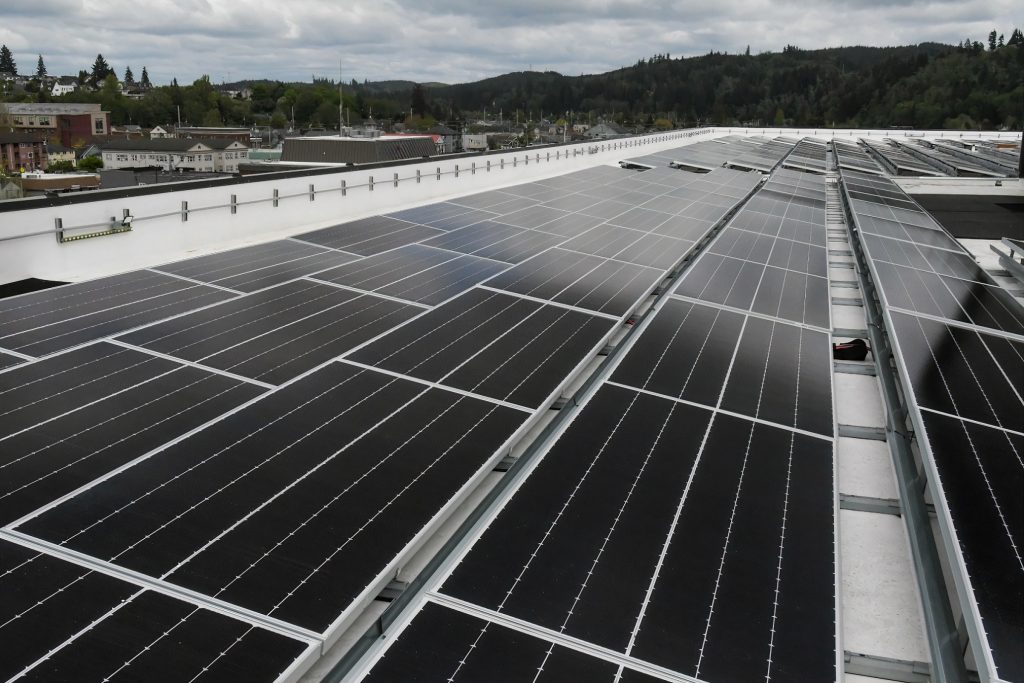
The ability to apply CEP monies when, where, and how they’re needed provides flexibility and the ability to pivot as new challenges arise. “Most people would call this an alternative energy project,” says Dublanko, “We see it as a social service project.”
CCAP Builds Local, Regional and National Partnerships
Having GE believe in them and further the CEP partnership was a big deal, says Dublanko. “Every dollar that we save goes back into low-income families,” he adds. “We were the first social service organization in America to do this and I think it’s a model. We harnessed wind out here. What is your local resource? Harness that and help your community that way.”
Even building the wind farm was a group effort. Reynvaan says its financing incorporated both New Markets Tax Credits and Renewable Energy Investment Tax Credits to get off the ground and hundreds of feet into the air. Next, the CCAP team hopes to learn more about potential off grid technologies and communication systems.
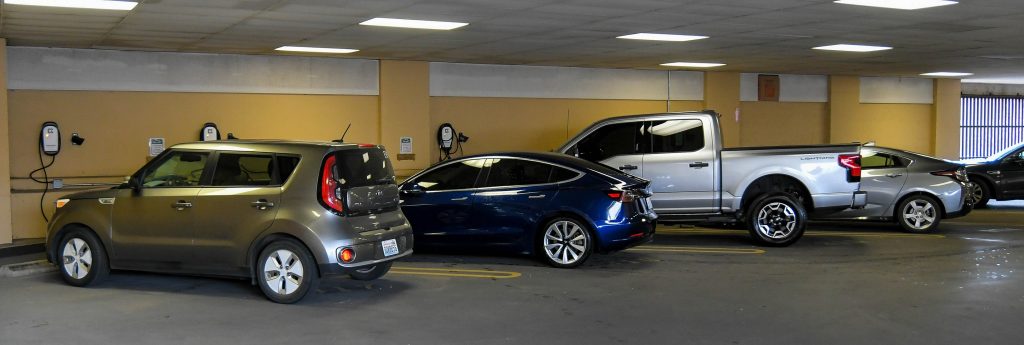
Coastal Community Action Program Provides for Today, Tomorrow and Future Generations
Why tackle such massive projects? Because the need for assistance is ongoing. Coastal Community Action Program’s low-income home energy assistance program (LIHEAP) works to keep the heat on all winter long. They are a clearinghouse for rental assistance as well as homeless, transitional and group housing.
They also guide families to meal programs like senior nutrition and food banks or combat the high cost of transportation by linking residents to paratransit. CCAP even facilitates the Driven to Opportunity program which provides rides to job sites, childcare, training and interviews for low-income individuals.
At the end of the day, CCAP is defined by one simple word: community. Their vision is to be a resource to the community that alleviates poverty, provides assistance and enhances the overall quality of life. Whether this takes the form of towering wind turbines or $15 laundry cards, they’re working in, around, and for their community. Even if that means harnessing the sun, wind and waves to do so.
Sponsored



